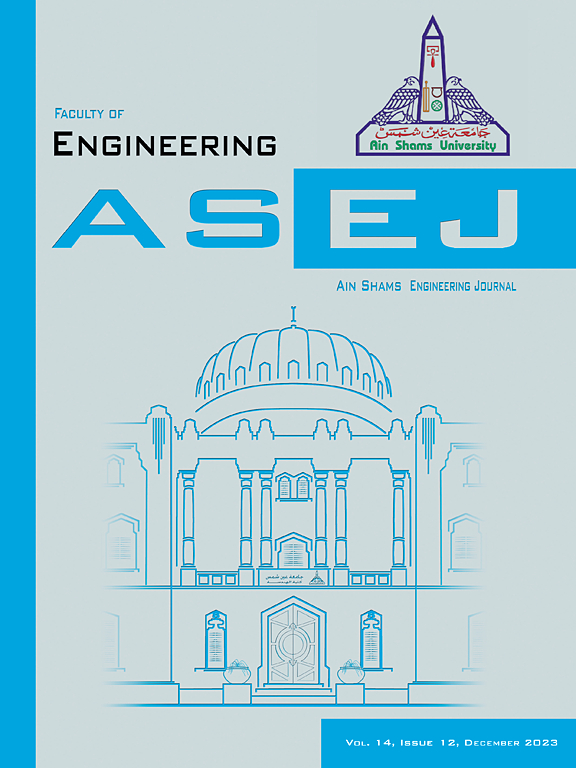Enhancing virtual indoor environment and energy efficiency with real-time BIM and Unreal Engine integration in building lighting design
IF 6
2区 工程技术
Q1 ENGINEERING, MULTIDISCIPLINARY
引用次数: 0
Abstract
The lighting system is one of the fundamental energy systems for buildings. In the traditional approach, designers simulate their predesign on computer-aided software to create a convenient lighting environment, in which users cannot feel the lighting effects and experience the lighting scenarios until the design setup stage.
Recently, with the help of the BIM platform and 3D modeling, both design teams and users can evaluate and visually experiment with the project. Users can more easily grasp the details of the project through the 3D model. In this way, the design development process is carried out more efficiently by design teams and users. However, some BIM-based lighting simulation software can only provide static outputs without any interaction between the users and the environment.
Further, real-time lighting design with dynamic results will make the design development process efficient, where users will visually feel daylight and artificial light, and experience lighting scenarios with various shading and light control options. This decreases the risk of redesign and revision, which is extremely time-consuming and reduces the efficiency of the lighting design. Therefore, this article proposes a lighting design approach on the integration of BIM and a game engine called Unreal Engine (UE4) for dynamic and user experience- based lighting design.
The process flow involves creating a BIM model in Autodesk Revit and exporting it in IFC file format. The IFC file is imported into the Dialux EVO software. At the same time, the BIM Model is converted to the appropriate file format via the Datasmith converter that enables data transformation and is imported into UE4. Once the IES data of the luminaires are imported into UE4, the arrangement of lighting luminaries is done in the model. Illuminance level measurements are carried out with the help of HDR mode. For the verification of the calculation results, the lighting design in UE4 is manually transferred to DialuxEVO and the lighting calculation is carried out for validation of UE4 measurements. Subsequently, the effect of daylight on the illuminance level during sunrise and sunset hours is measured in UE4 for three different days predetermined throughout the year, and the measurements are recorded in a table.
In the research, artificial lighting is utilized as a secondary source only when natural daylight is insufficient to achieve maximum daylight utilization. The daylight simulation was conducted under Clear Sky conditions, utilizing a historic building located in the Datça district of the Southern Aegean region of Turkey as a reference. The analysis focused on the sunrise and sunset hours, which are known to have relatively lower levels of available daylight, in order to maximize the use of natural daylight. Results show that between 20% and 24% improvements could be achieved by utilizing real-time evaluation technics.
求助全文
约1分钟内获得全文
求助全文
来源期刊

Ain Shams Engineering Journal
Engineering-General Engineering
CiteScore
10.80
自引率
13.30%
发文量
441
审稿时长
49 weeks
期刊介绍:
in Shams Engineering Journal is an international journal devoted to publication of peer reviewed original high-quality research papers and review papers in both traditional topics and those of emerging science and technology. Areas of both theoretical and fundamental interest as well as those concerning industrial applications, emerging instrumental techniques and those which have some practical application to an aspect of human endeavor, such as the preservation of the environment, health, waste disposal are welcome. The overall focus is on original and rigorous scientific research results which have generic significance.
Ain Shams Engineering Journal focuses upon aspects of mechanical engineering, electrical engineering, civil engineering, chemical engineering, petroleum engineering, environmental engineering, architectural and urban planning engineering. Papers in which knowledge from other disciplines is integrated with engineering are especially welcome like nanotechnology, material sciences, and computational methods as well as applied basic sciences: engineering mathematics, physics and chemistry.
 求助内容:
求助内容: 应助结果提醒方式:
应助结果提醒方式:


